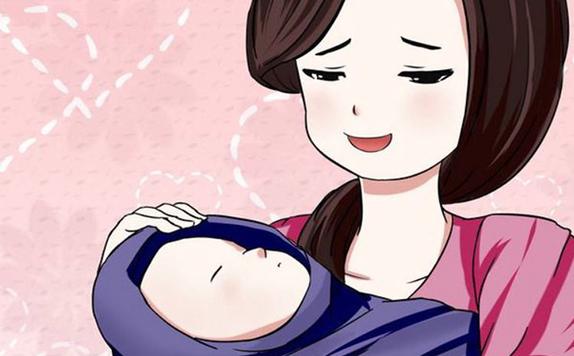Chest pain is a symptom that is often mentioned when children seek medical attention, and it often worries parents about their child’s heart health. In fact, during childhood, chest pain caused by heart problems is relatively rare; in most cases, it is caused by other non-cardiac reasons.
When exploring the causes of chest pain, we can differentiate between cardiac and non-cardiac aspects:
Cardiac-related causes:
Structural heart issues, such as aortic coarctation, pulmonary artery stenosis, or other structural abnormalities of the heart, may trigger chest pain.
Inflammation of the heart, including pericarditis, myocarditis, and endocarditis, is also an important factor not to be overlooked.
Arrhythmias, whether a heart rate that is too fast or too slow, can sometimes also lead to the sensation of chest pain.
Non-cardiac related causes:
Chest wall issues, such as trauma, sports injuries, costochondritis, or problems related to growth and development, can also be sources of chest pain.
Conditions of the thoracic cavity and mediastinum, such as pleuritis, pneumothorax, or tumors, can similarly cause chest pain.
Respiratory diseases, such as airway obstruction, bronchitis leading to coughing and wheezing, can also result in feelings of tightness and chest pain.
Gastrointestinal issues, including esophagitis and gastroenteritis, may also mislead one into thinking it is chest pain due to their proximity.
Other complex situations, such as neuralgia, psychological stress, or emotional fluctuations, may also be non-physical causes of chest pain.
When faced with a child experiencing chest pain, doctors typically take the following steps for assessment:
Thoroughly understand the medical history, including the onset time, nature, frequency, and duration of chest pain, as well as any history of trauma or intense physical activity, and accompanying symptoms such as fever or cough.
Conduct a comprehensive physical examination, paying attention to respiratory status, tenderness in the area of chest pain, auscultation of the heart and lungs, and assessing whether chest pain worsens with specific movements.
Utilize auxiliary examinations, such as chest X-rays, echocardiograms, and electrocardiograms, to assist in diagnosis.
For children in whom no obvious abnormalities are found during preliminary examinations, regular follow-up may be needed to observe changes in their condition.
Through such a comprehensive assessment, a more accurate determination of the cause of chest pain can be made, leading to appropriate treatment and care.


